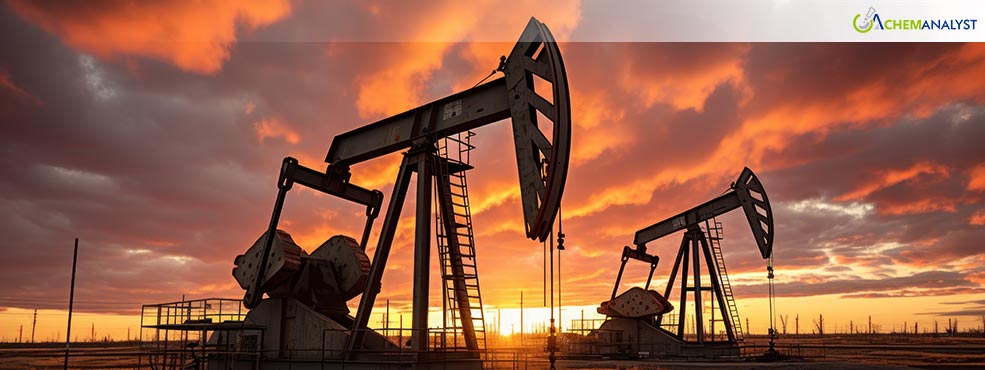New Permian Pipeline Eases Constraints, Boosts Oil Production
- 19-Oct-2024 5:30 AM
- Journalist: Gabreilla Figueroa
A newly operational natural gas pipeline in the Permian Basin has provided much-needed relief to producers struggling with constraints that had depressed local gas prices as reported by a news agency . The 580-mile Matterhorn Express pipeline, a joint venture between WhiteWater Midstream, EnLink Midstream, Devon Energy, and MPLX, is the first new natural gas pipeline built in the region in three years.
The pipeline's capacity of 2.5 billion cubic feet of gas per day has added 14% to the region's capacity, easing bottlenecks that had forced producers to pay fees for gas takeaway or even flare excess gas. Since Matterhorn began operations, gas prices at the Waha hub in west Texas have risen significantly, indicating a reduction in constraints.
This price increase has positively impacted oil and gas producers, allowing them to increase crude production without resorting to flaring, a wasteful practice that releases methane into the atmosphere. Natural gas is a byproduct of oil production, and the ability to efficiently transport and sell it is crucial for maximizing oil output.
"Matterhorn has freed up space, and the price we are getting for gas now has been positive for almost a month," said Mike Oestmann, CEO of Tall City Exploration during an interview with a news agency. "We produced a lot of gas that we not only didn’t get paid for, we paid for it to be taken away."
Matterhorn will help unlock higher Permian oil production, as producers can now focus on increasing drilling activity without worrying about gas takeaway issues, according to the media report. The pipeline is expected to contribute to a significant increase in Permian oil output, with estimates suggesting a growth of 350,000 barrels per day next year.
Many Permian oil producers have expressed plans to increase well completions once the pipeline bottleneck is cleared, according to a survey by the Federal Reserve Bank of Dallas. This increased drilling activity will further boost Permian oil production, which is already forecast to rise by 6.1% to 6.27 million barrels per day this year.
However, the relief provided by Matterhorn is expected to be temporary. As Permian gas production continues to grow, the pipeline is likely to reach capacity again within the next 12 to 18 months. To address this, another pipeline project, Blackcomb, is currently under development and is expected to start operations in the second half of 2026.
While Matterhorn has provided a much-needed solution to the current gas takeaway constraints in the Permian, the region will continue to require additional infrastructure to support its growing oil and gas production. As the Permian Basin remains one of the world's most prolific energy regions, it is essential to invest in pipelines and other infrastructure to ensure the efficient transportation of hydrocarbons.



